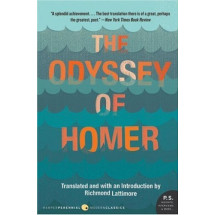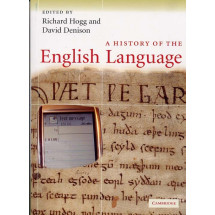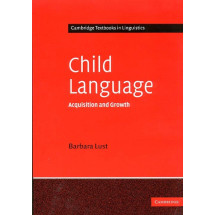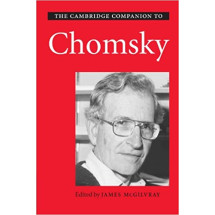The importance of these variants and the conditions under which the novel was written and revised―conditions leading to the continuing controversy over the order of the chapters―are discussed in the editor's rewritten and updated essay on editions and revisions of The Ambassadors.
As often as possible, the annotations to the text have been made by referring to James's other writings.
A map of Strether's Paris and a virtually unknown photograph of James, which originally appeared with the serial of The Ambassadors, have been added to this Second Edition, and the original frontispieces to the New York Edition of the novel have been reproduced in their proper sequence for the first time.
"The Author on the Novel" contains James's notebook entries on the inspiration for The Ambassadors as well as the long, remarkable preliminary statement that the author drew up before writing his novel. The selection of James's letters on The Ambassadors has also been expanded for the Second Edition.
"Criticism" is comprised of fourteen essays that represent more than seventy years of analysis of The Ambassadors, by H. M. Alden, Percy Lubbock, E. M. Forster, F. O. Matthiessen, F. R. Leavis, Joseph Warren Beach, Joan Bennett, Leon Edel, Ian Watt, Sallie Sears, Nicola Bradbury, Maud Ellmann, Millicent Bell, and Philip Fisher.
A Chronology and an expanded Selected Bibliography are also included.
Henry James was born on April 15th 1843 in New York. He was the brother of the philosopher and psychologist William James. He spent a great deal of his life in Europe, especially England. He is best known for his cosmopolitan and often haunting portraits of European and American life. His most famous fictional works include The Portrait of a Lady (1881), What Maisie Knew (1897), The Turn of the Screw (1898), The Wings of the Dove (1902), The Ambassadors (1903) and The Golden Bowl (1904). He also wrote literary criticism, most famously The Art of the Fiction (1884). He died on February 28th 1916. --This text refers to an alternate Paperback edition.














